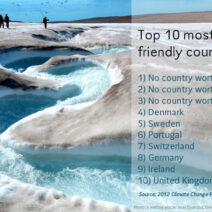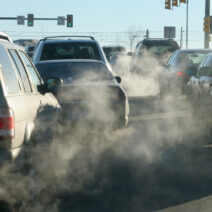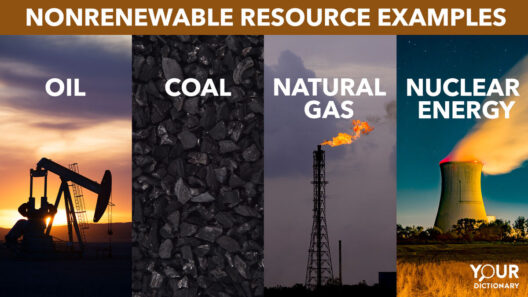Mechanical energy is a term that encompasses both kinetic energy, which is the energy of motion, and potential energy, which is stored energy based on position. In theoretical physics, the conservation of mechanical energy is a foundational principle suggesting that, in an isolated system devoid of non-conservative forces, the total mechanical energy remains constant. However, the presence of friction complicates this scenario. This discourse delves into the intricacies of mechanical energy conservation in the face of friction, elucidating various scenarios, contrasting definitions, and practical implications.
To commence, it is imperative to define the conditions under which mechanical energy is considered conserved. In an idealized environment, where only conservative forces, such as gravity and elastic forces, act upon an object, the total mechanical energy can be calculated as:
- Total Mechanical Energy (E): E = Kinetic Energy (KE) + Potential Energy (PE)
In this context, kinetic energy is expressed as KE = 1/2 mv², where m denotes mass and v signifies velocity. Meanwhile, potential energy is often represented as PE = mgh for gravitational potential energy, with g reflecting the acceleration due to gravity and h the height above a reference point. Under these ideal conditions, energy transitions from kinetic to potential and vice versa without loss.
Friction, on the other hand, is a force that opposes motion and is often categorized as a non-conservative force. When friction is present, it dissipates mechanical energy as thermal energy due to the conversion of kinetic energy within the interacting surfaces. Thus, the equation above must be accordingly amended to account for energy losses due to friction:
- Work Done against Friction (W_f): W_f = f_k d
Here, f_k denotes the coefficient of kinetic friction and d represents the distance over which the force is applied. When computing the total mechanical energy in a system subject to friction, we have:
- Total Energy After Friction (E_f): E_f = (Initial KE + Initial PE) – W_f
It becomes evident that a component of mechanical energy is transformed into thermal energy, rather than being retained within the mechanical framework of the system. This pivot highlights a central tenet of the discussion: mechanical energy is not conserved when friction acts upon a system.
Examining real-world applications showcases the ubiquitous nature of friction and its implications for mechanical energy. Take, for instance, a roller coaster. As the coaster ascends heights, gravitational potential energy accumulates. Upon descent, one might expect a seamless transformation from potential to kinetic energy. However, friction from air resistance and track surfaces dissipates some energy, resulting in a maximum speed lower than theoretically calculated without friction.
Another concept worth noting is the distinction between static and kinetic friction. Static friction prevents motion between surfaces at rest, while kinetic friction operates during motion. In applications where transition states occur, such as starting and stopping, the role of these types of friction becomes paramount in energy analysis. As mechanical systems fluctuate between static and kinetic types, the energy lost to friction alters operational efficiency, a critical consideration for engineering sustainable technologies.
Friction is not solely a hindrance; it also plays an essential role in enabling mechanical systems to function effectively. Consider brakes on vehicles. They intentionally utilize friction to halt motion, thereby converting kinetic energy into thermal energy. The effective application of friction is thus pivotal in ensuring safety, despite the overarching implication that it hinders mechanical energy conservation.
Moreover, the impact of friction extends beyond mere mechanical systems; it is pertinent to broader ecological and energy conservation discussions. In machines, the energy lost due to friction necessitates increased input energy, often derived from non-renewable sources. The persistence of friction in mechanical operations underscores the importance of engineering enhancements, such as lubrication and material design, aimed at minimizing energy loss.
In renewable energy contexts, understanding the effects of friction is critical. For instance, in wind turbines, increased friction in mechanical components can lead to lower efficiency, diverting potential electrical energy generation. Strategies to mitigate friction can enhance overall energy conversion efficiency, thereby contributing to sustainable energy practices.
Conclusively, the presence of friction fundamentally alters the landscape of mechanical energy conservation. While friction opposes motion, causing mechanical energy to dissipate as thermal energy, this understanding is imperative for the design and operation of efficient systems. In the conversation around energy conservation and sustainability, recognizing the dynamics of mechanical energy in the presence of friction can inform better engineering practices and policy decisions aimed at reducing energy waste and promoting renewable technologies. Thus, while friction is often viewed negatively in mechanical contexts, it is intrinsically intertwined with the principles of energy transfer and conservation, shaping the narratives of both mechanical physics and environmental stewardship.








